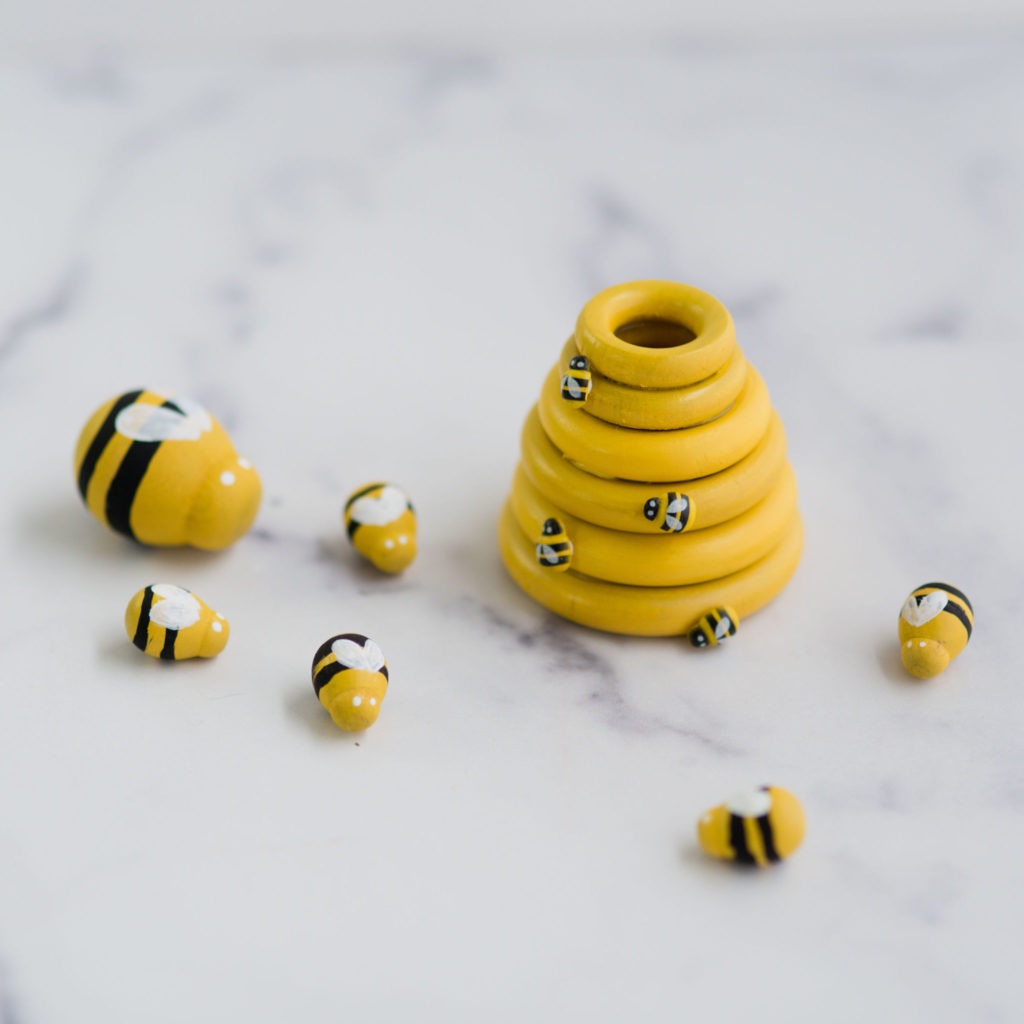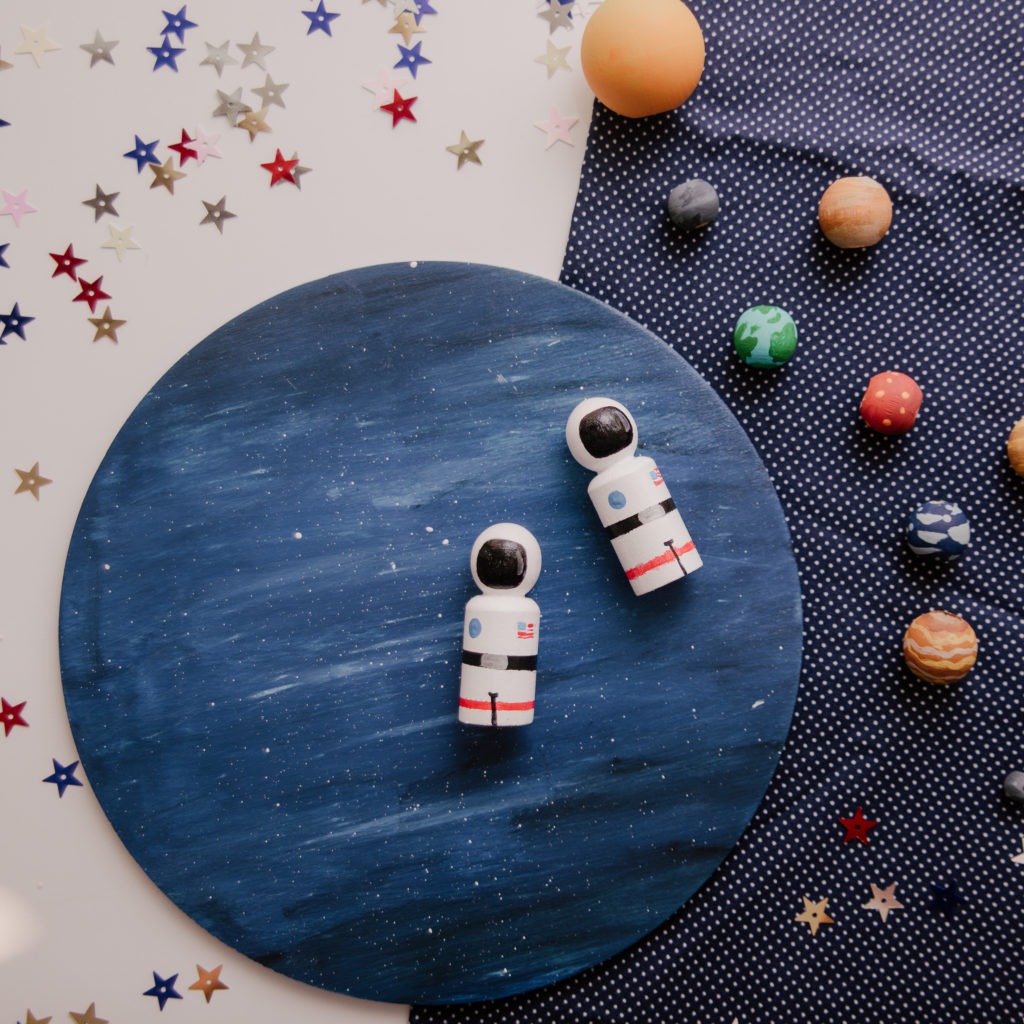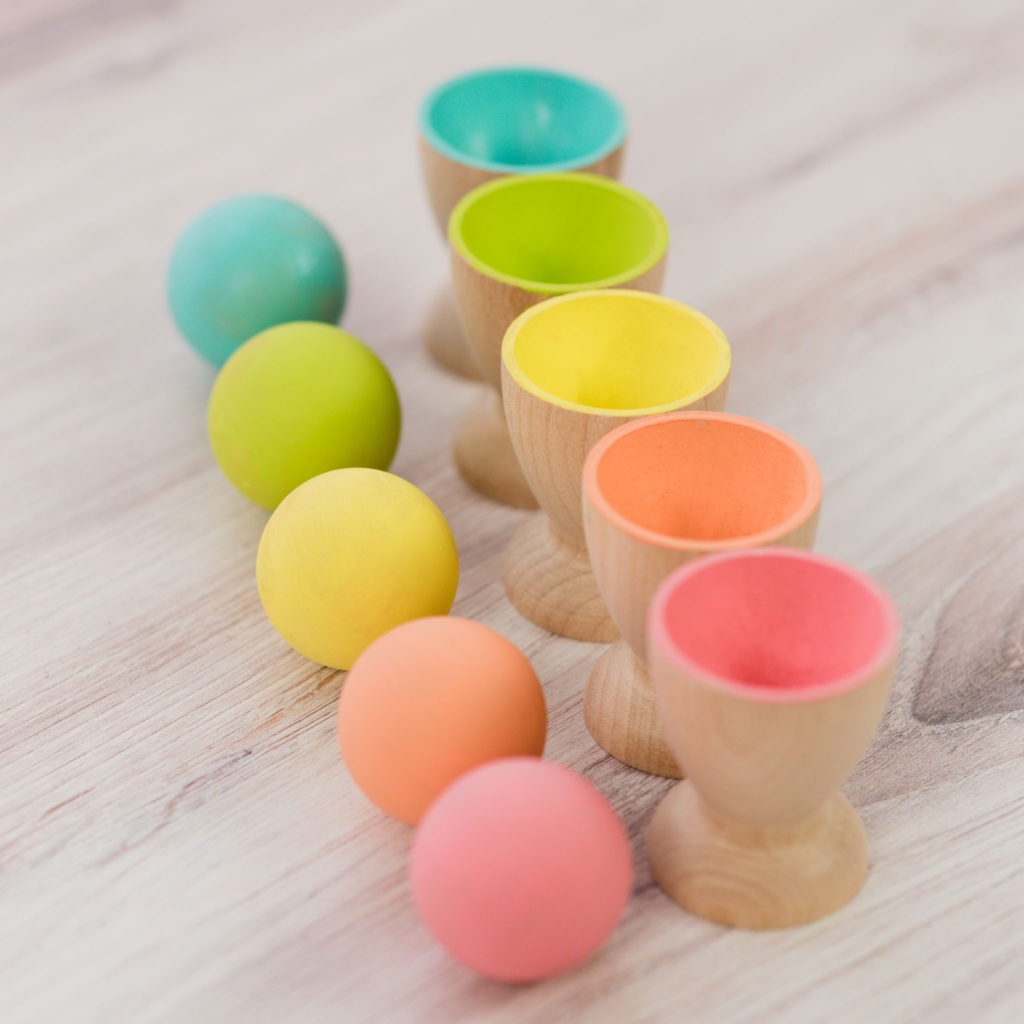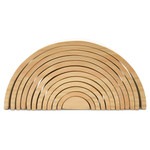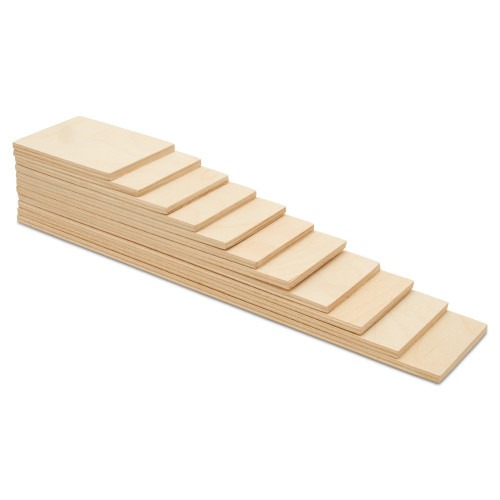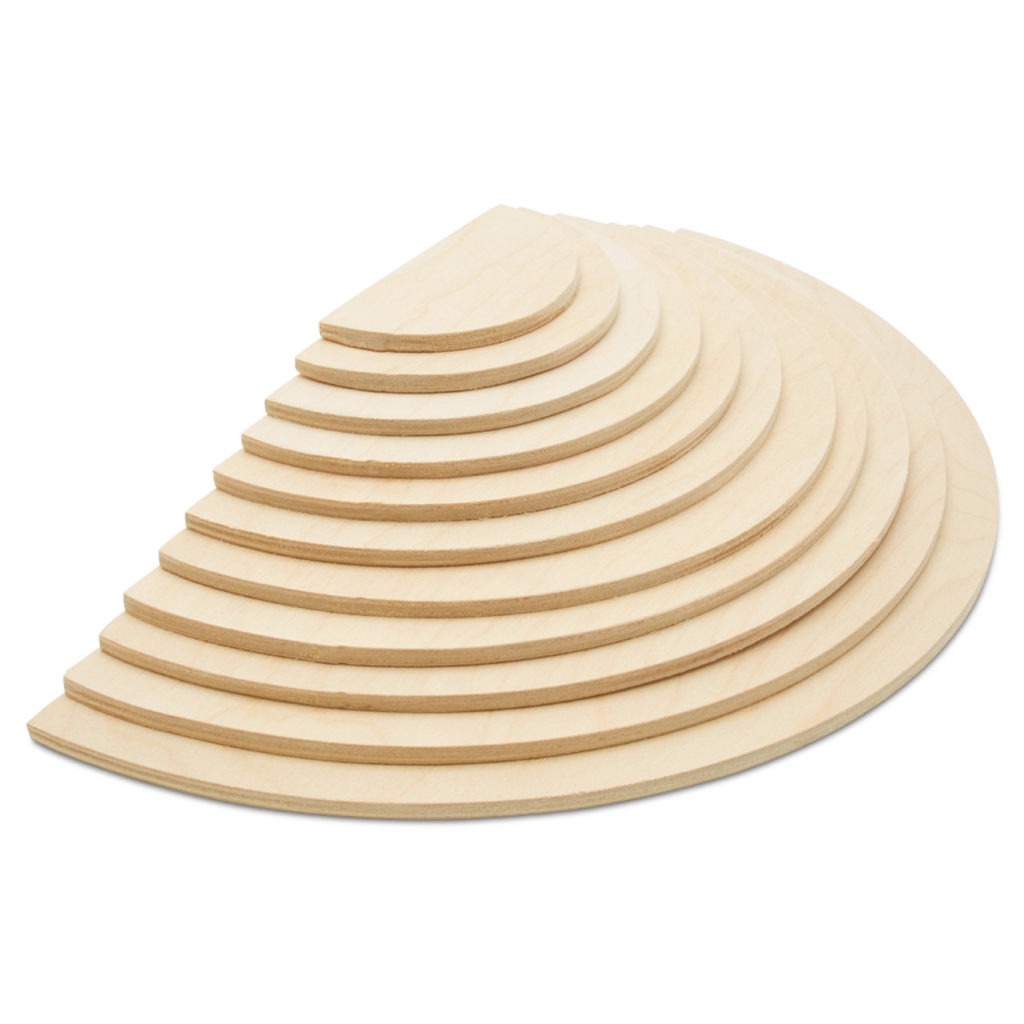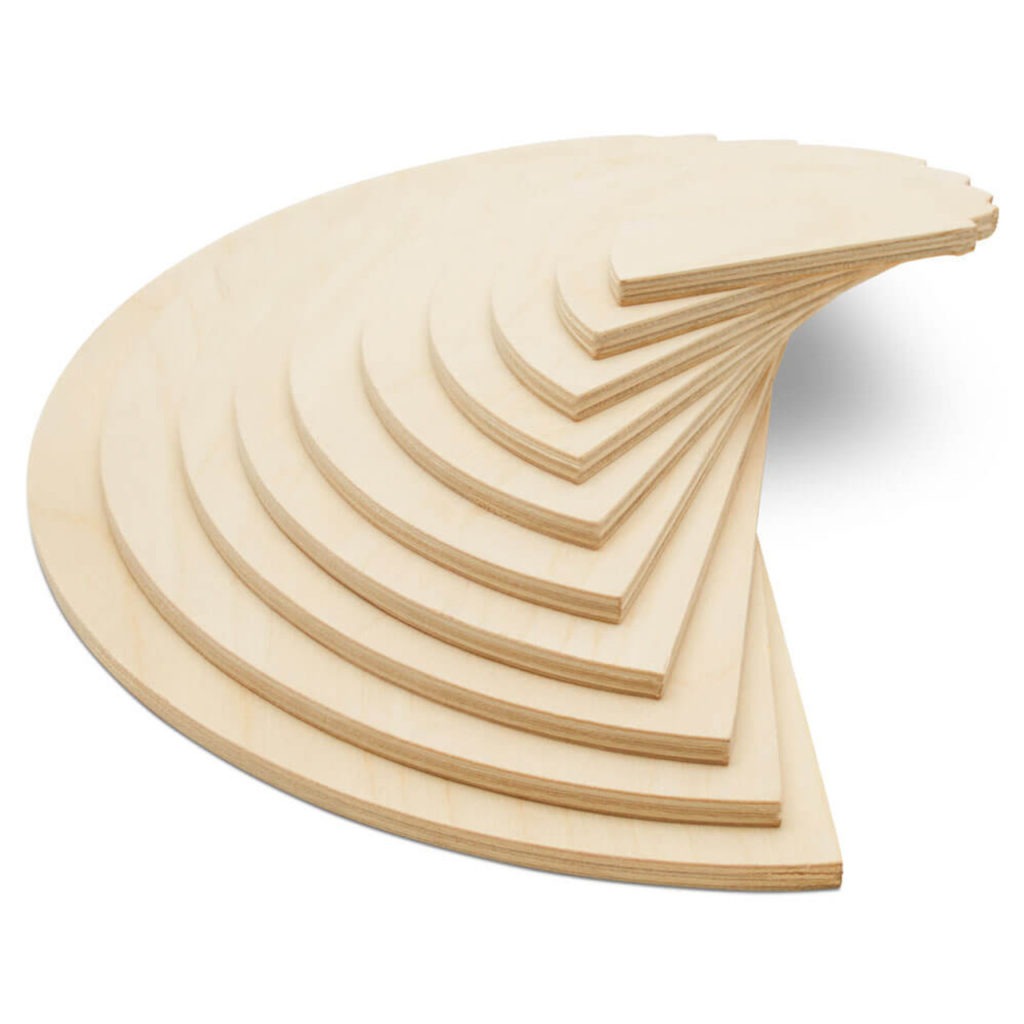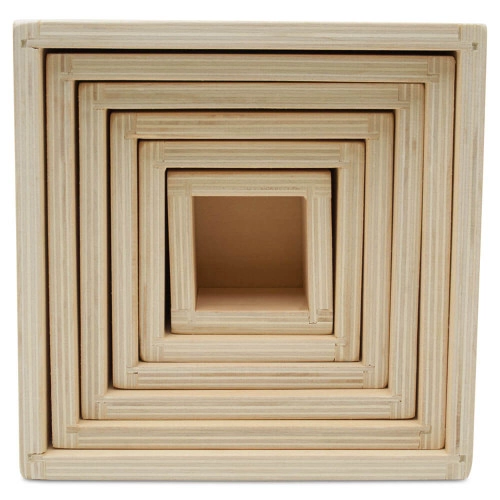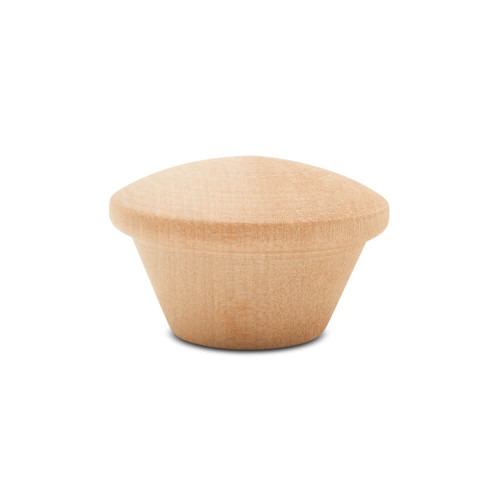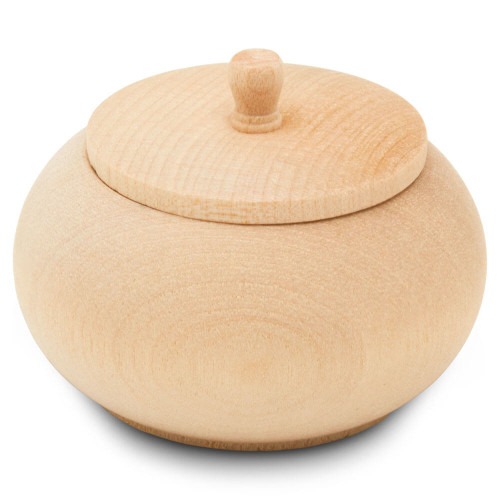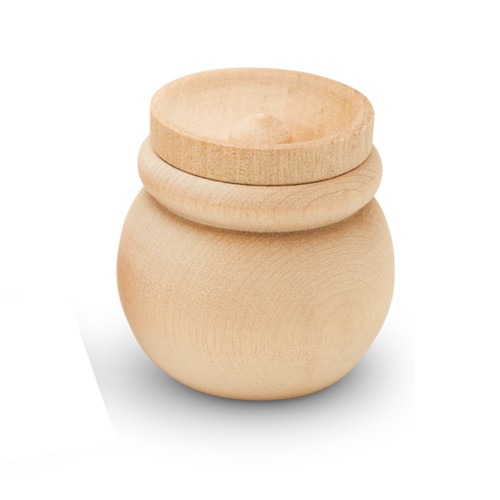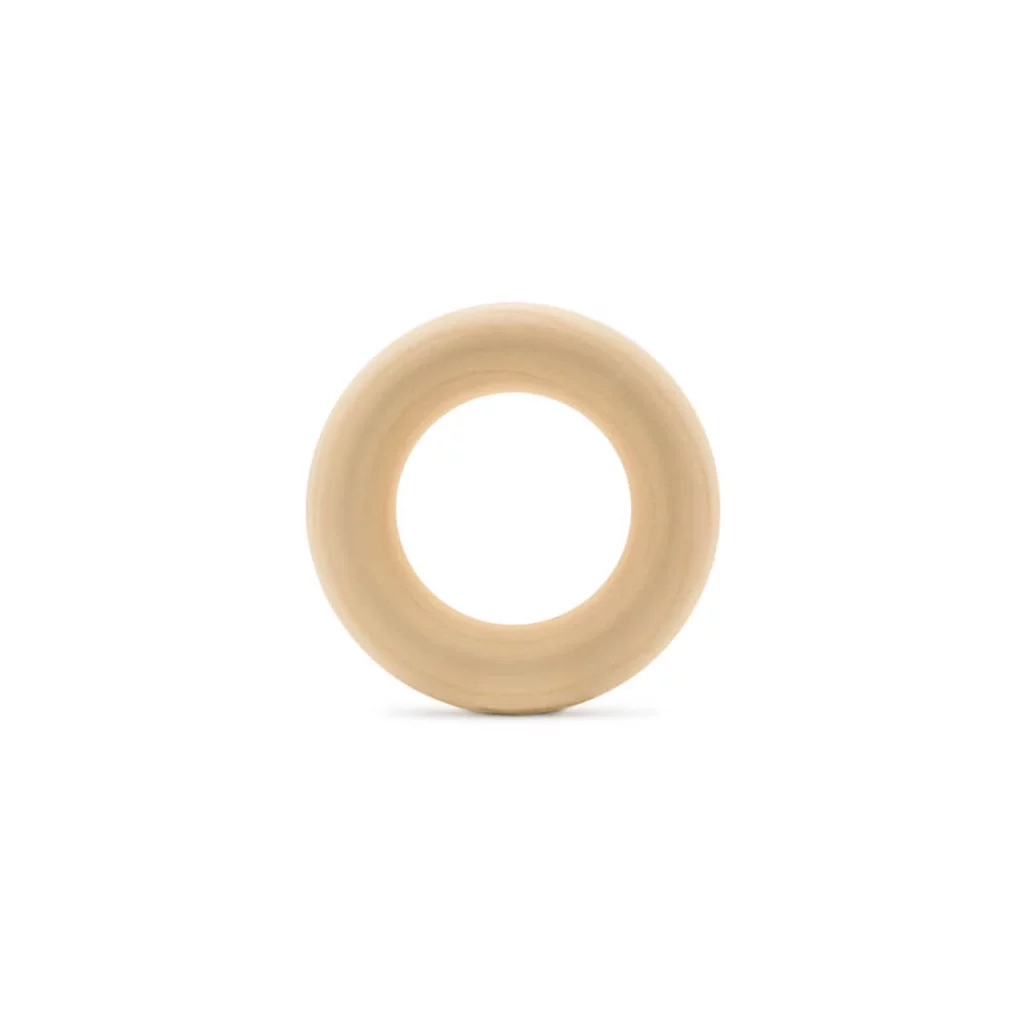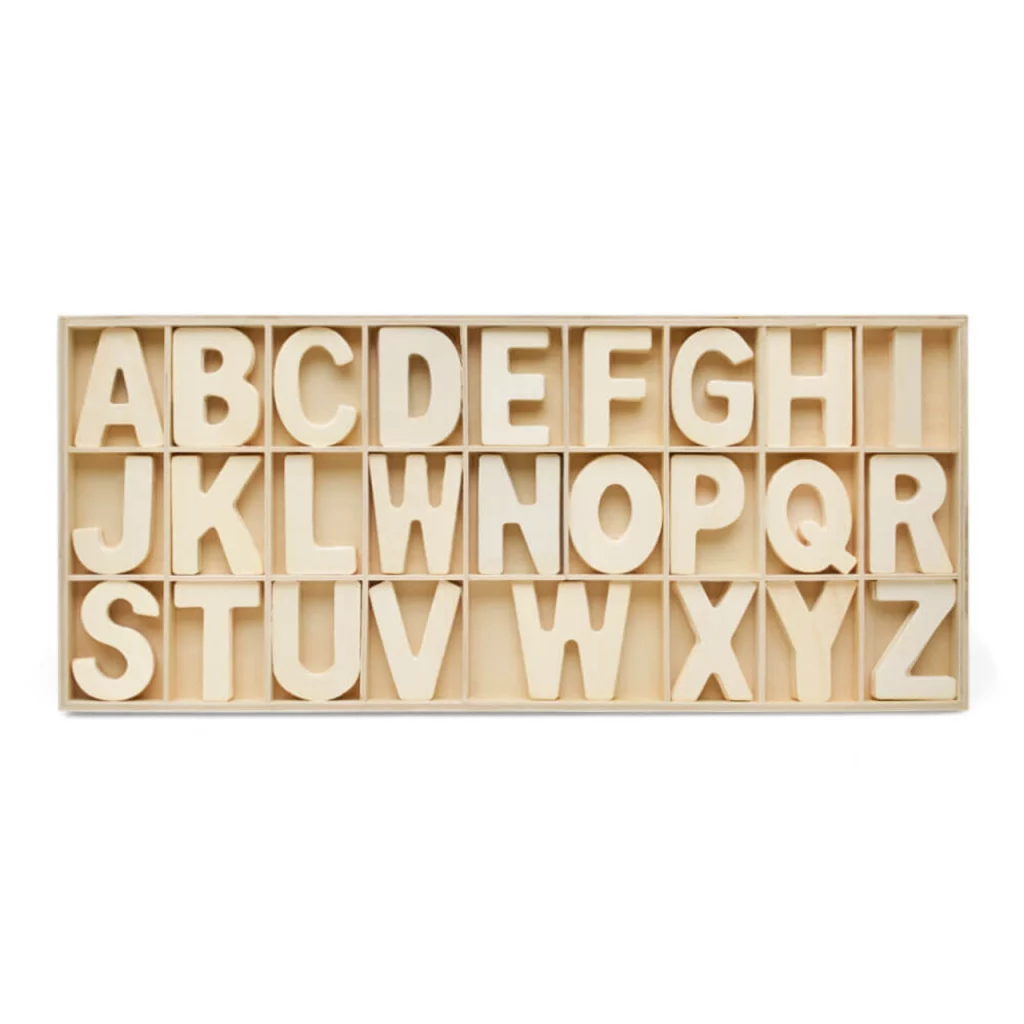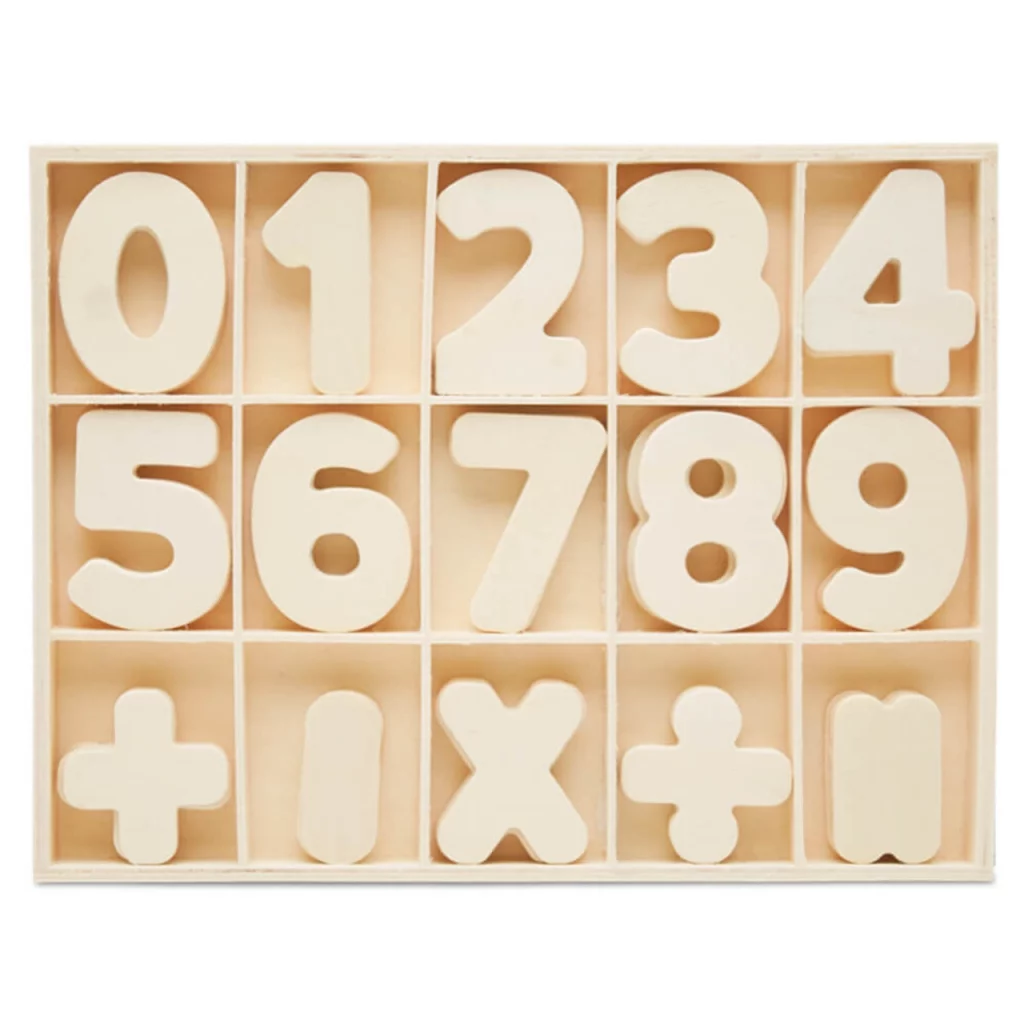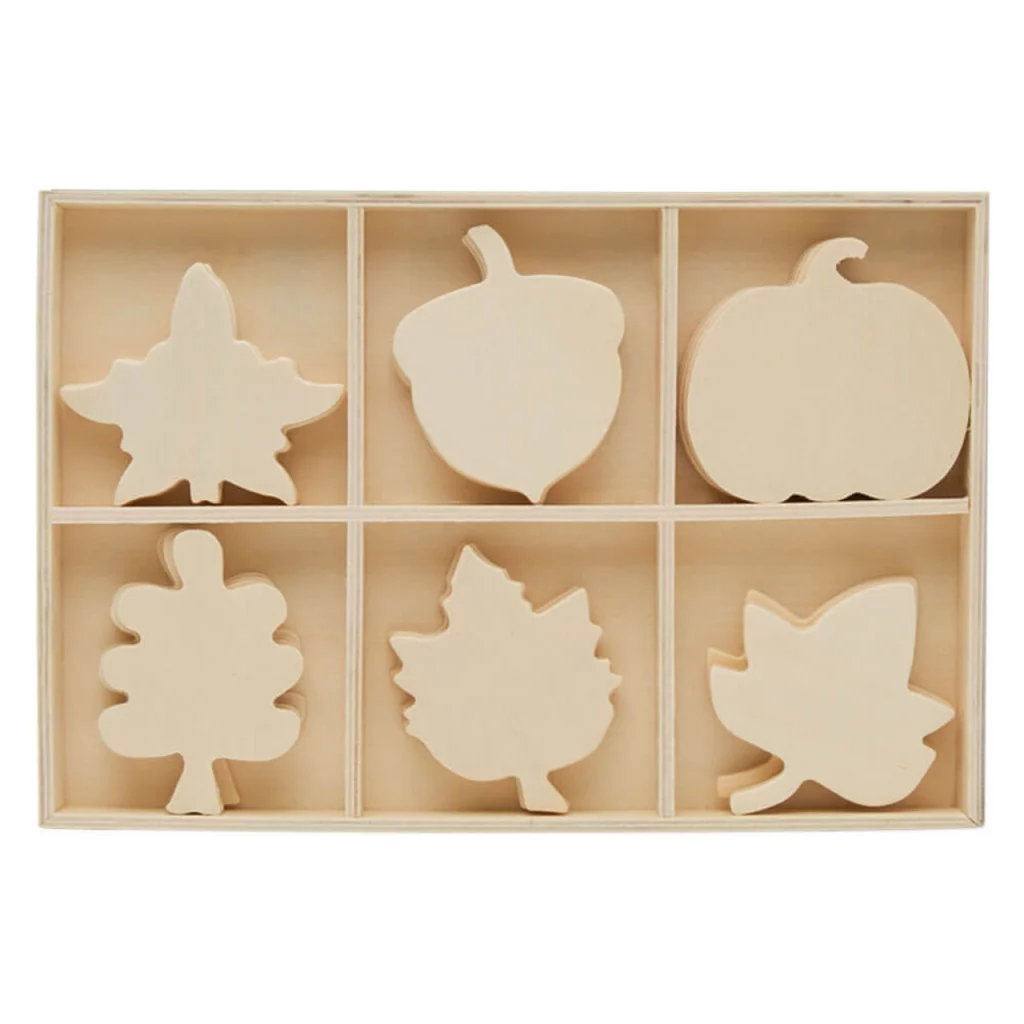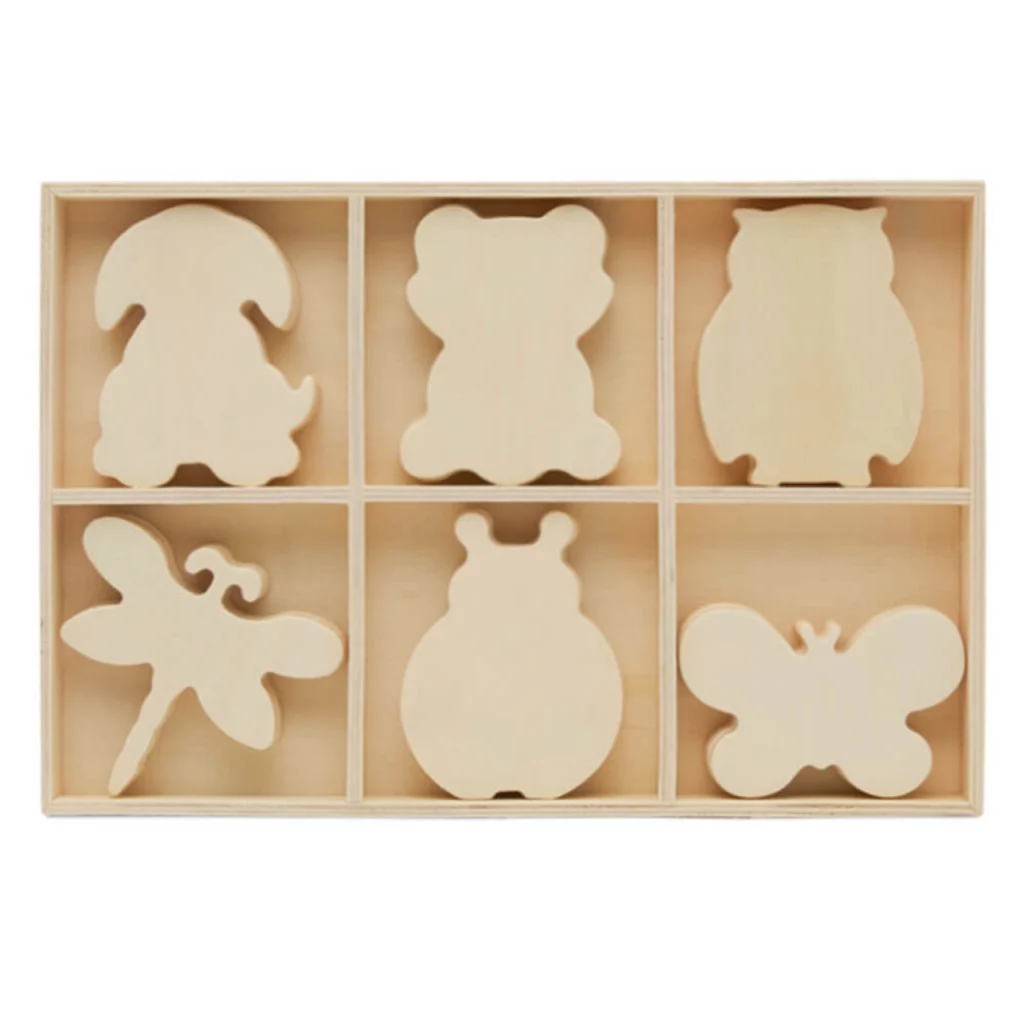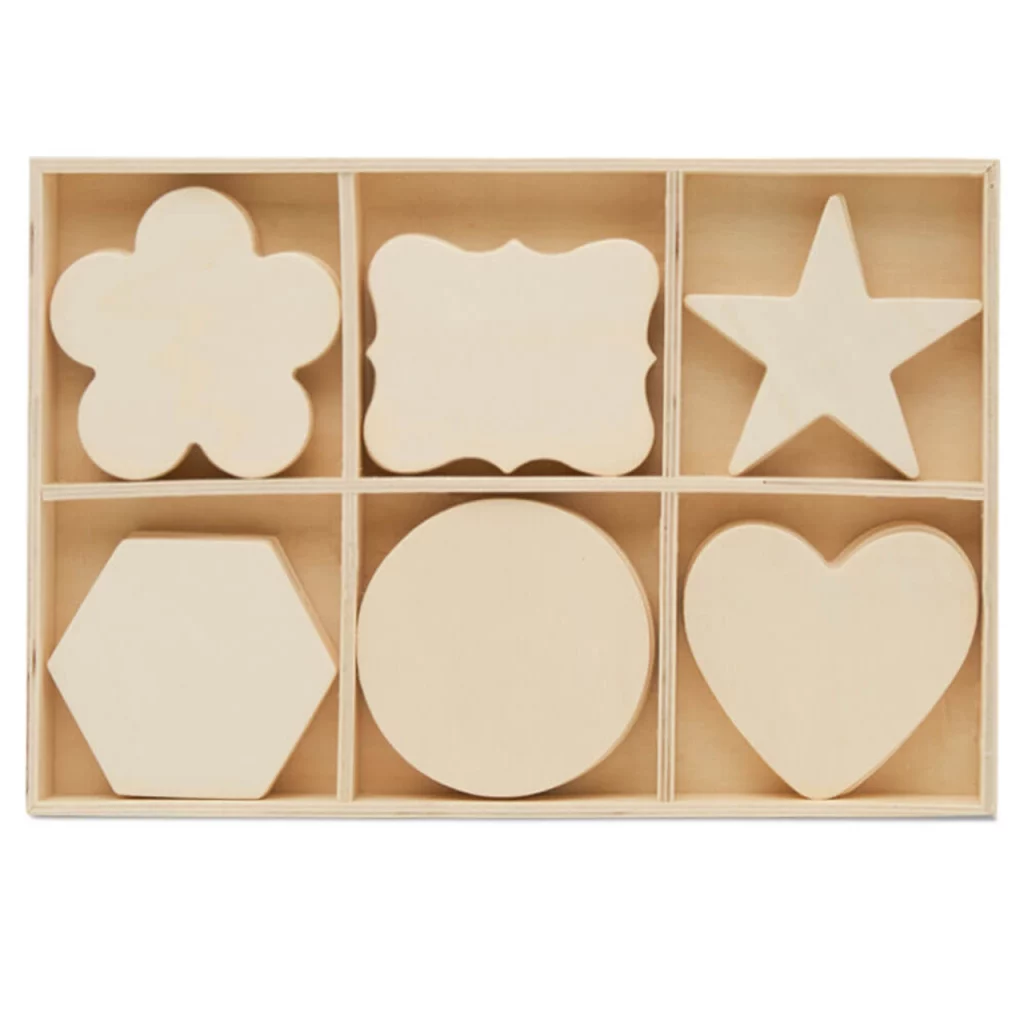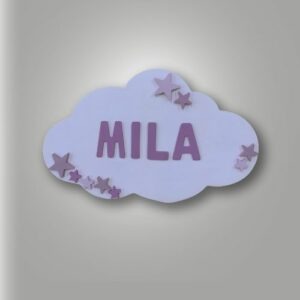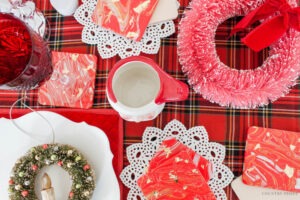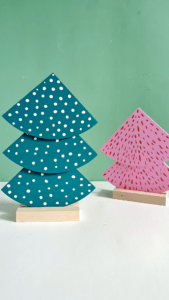By: Renee
Discover how to set up loose parts play using appealing wooden parts that kids love to use.
So you know the benefits of loose parts play. You’re all psyched up to watch your little one become a creative thinker and problem solver. All you have to do now is set up a playstation that’ll naturally encourage open-ended play. Simple, right? Until you start asking yourself,
“What can I use for loose parts?”
The short answer: just about any item that’ll fit in your kid’s hand. But, in my slightly biased opinion, not all loose parts are created equal – some loose parts are more equal than others. Namely, wooden craft parts. They come in hundreds of shapes and sizes, but all have the same bright, unfinished surface that awakens creativity. They’re also a lot safer than toothpicks and skewers.
How craft parts become loose parts:
My original job at Woodpeckers involved looking at wooden pieces, holding them at odd angles, looking at them again, and figuring out what they could double as.
Don’t laugh. That’s how we brainstormed these incredible wooden creations:
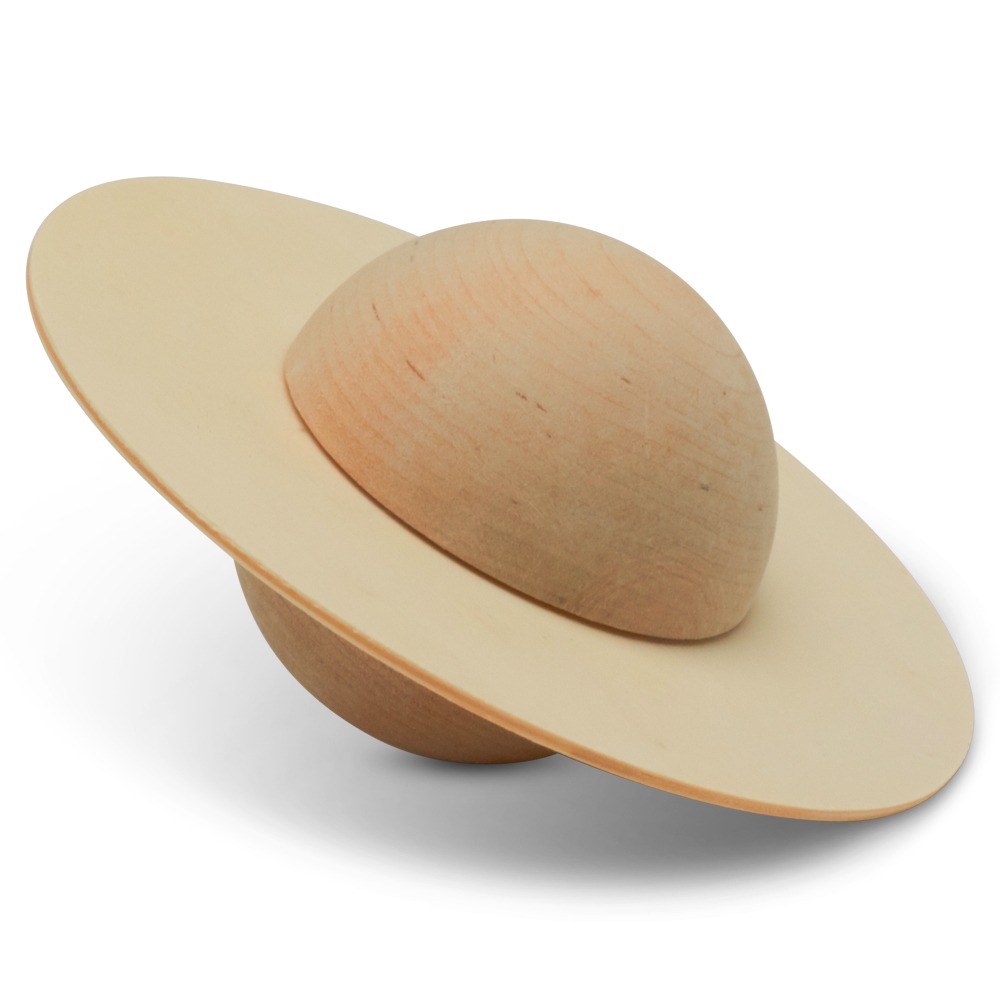
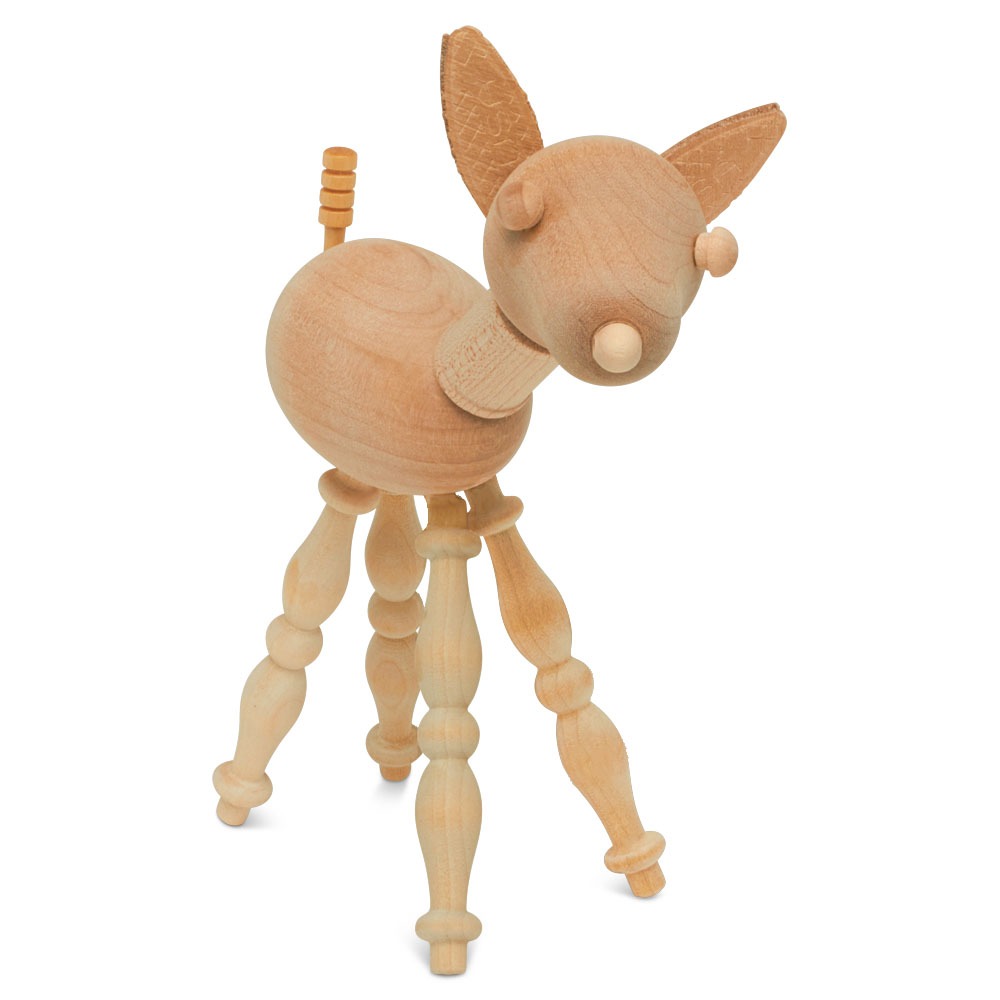
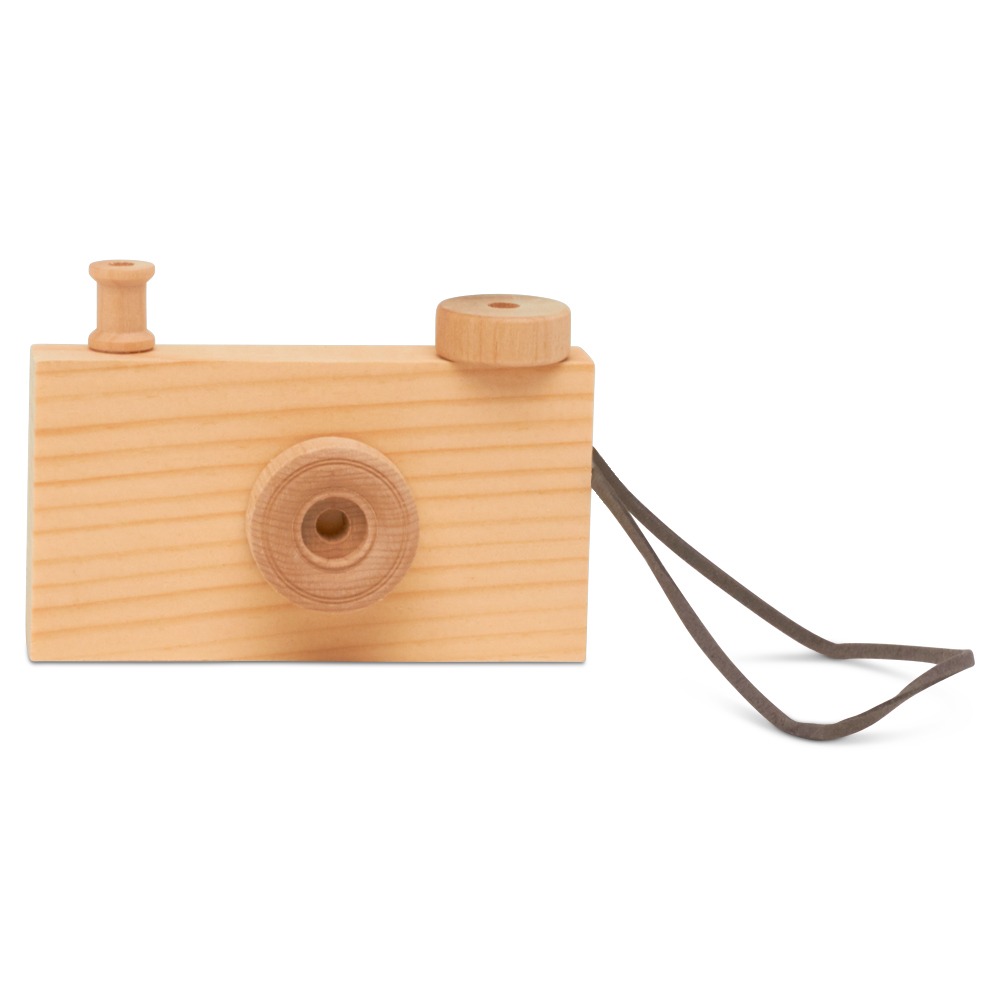
I got really good at seeing the potential in each “little wooden thingy”, beyond what it was officially meant to be. I started seeing wooden lightbulbs as horse heads, and smokestacks as doll bodies for dress-up dolls. The creativity was catchy. I brought home a flagpole finial, and my family declared in unison, “gumball machine!”
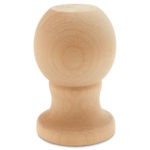
Wooden parts for real-life play & hands-on learning (Montessori style)
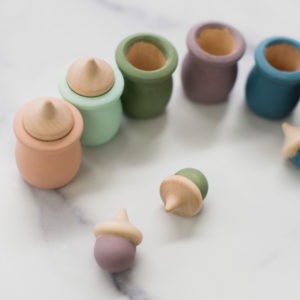
This type of play is based on reality. It uses natural materials to allow children to experience life and learning in 3-d.
Wood parts for imaginative loose parts play & sensory play (Waldorf style)
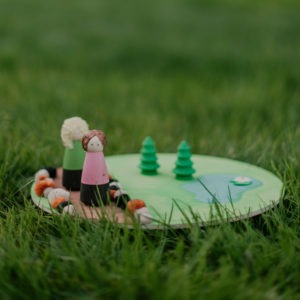
This type of play emphasizes imagination and fantasy. It encourages children to explore, touch and interact with the world around them.
→ Beads
Wooden beads are fun tools for materializing math concepts, learning to count, and practicing patterns. If DYing doesn’t scare you, consider building your own abacus with beads and dowel rods.
→ Cubes
Blocks are super neat for experiential math: adding, subtracting, and measuring. Let your kids experiment with stacking and symmetry. Paint them in different colors to take these activities up a level.
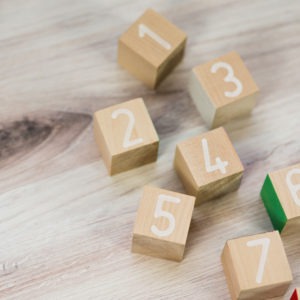
They’re called bean pot candle cups, but we like them much better as a toy. Our “dad” peg dolls and acorns fit neatly inside the 1-⅝ inch candle cups, and together they make an irresistible activity for practicing color matching and dexterity.
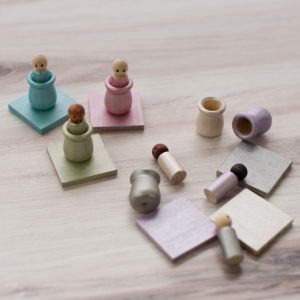
Where to start? Peg dolls for building model cities. Peg dolls for storytelling with live props. Peg dolls for make believe play. Even: peg dolls for demonstrating math word problems. (Though our very favorite remains the woodpeckers team peg dolls.)
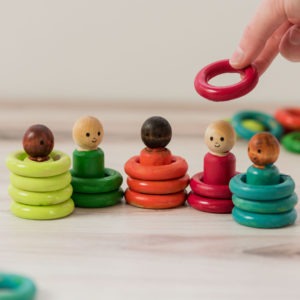
→ Shape Cutouts
Why teach shapes from a paper? You can easily, affordably give each child a set of wooden shapes to touch, decorate, and play with. Our collection of mini wooden cutouts include circles, square tiles, hearts, stars (more?)
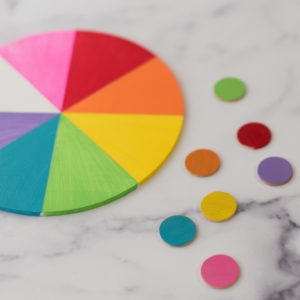
You’ll find these in the “furniture parts” section of our website, but far be it from us creatives to be limited by that. I like using these in tinker trays or STEM centers and seeing what kids make of them. The fluted and spiral designs have a bonus sensory effect.
→ Knobs
End grain knobs have a dual identity: they also make cute little mushrooms. Knobs in general are fabulous for a loose parts tray. They’re easy to grip, and can be used frontways, sideways and even upside down ways (as supports).
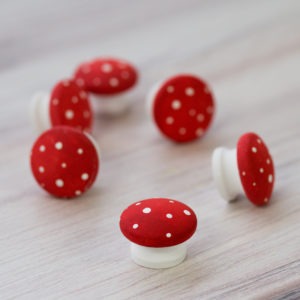
→ Scoopers
What should a sensory bin contain? Whether you choose rice, sand, beans, painted pasta, or even edibles, like cereal, don’t forget these precious little wooden SCOOPERS! They’re fun to hold, fun to dig with – even fun to look at.
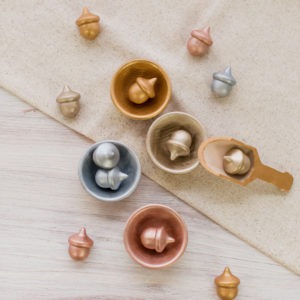
→ Plugs
How to set up a tinker tray? What to put in a tinker tray? If this is your question of the day, I’d like to put in a plug for plugs. We have button plugs, round head plugs and flathead plugs – each one is cuter than the next. (Warning: they’re small. Not for children under 3)
Acorns, apples, beads… all the things that fit in little wooden bowls. (Not to mention real, edible candy.) Sorting, grouping, multiplication… all the things you can teach with little wooden toys in little wooden bowls.
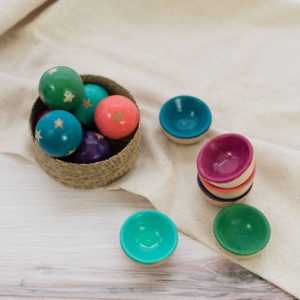
→ Spindles
These beautiful accent pieces are toys even for adults. Give your child early affinity for engineering by incorporating our smaller spindles in their tinker try or even STEM supplies.
→ Spools
Choose your favorite spool shape and dye them for color matching, or use unfinished in a tinker tray. Let kids see how many they can stack before the tower tumbles! To strengthen manual dexterity, have them thread the spools (or wheels
→ Wheels
Nothing like these round things to get the wheels in their little minds turning. (Sorry! Couldn’t help that one.) Of course, they’re not limited to being wheels. They’re a great open-ended tinker tray toy.
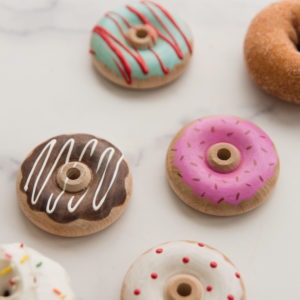
Made for Play
Besides all the repurposing and creative uses, we also have lots of delicious wooden items that are made for play. Y’know those fancy European toys (with the fancy European price tags) that you’ve been eyeing?
At Woodpeckers, we have the unfinished DIY version: less spending, and much more fun.
Why we love open-ended toys
At Woodpeckers we like to say that we’re the blank start – you make it art.
And we believe in nurturing that inner artist early.
So, if our wooden playthings give kids a “blank start” for learning, playing, imagining and creating…
What could be better?
